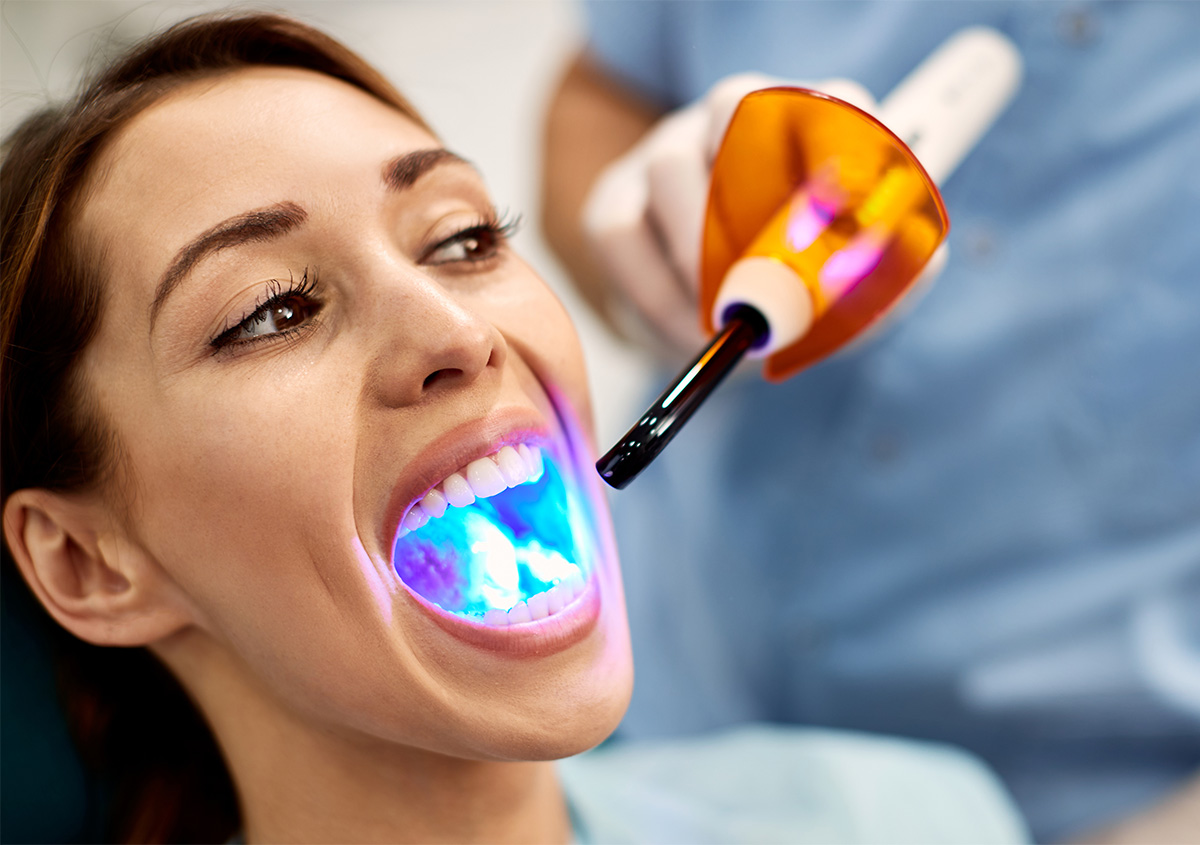Soft tissue laser dentistry has revolutionized the management of gum overgrowth, offering patients a minimally invasive, efficient, and precise treatment option. Gum overgrowth, or gingival hyperplasia, can result from various causes, including medication, poor oral hygiene, or underlying medical conditions. Treating this condition promptly is essential to improve oral health and aesthetics.
Understanding Gingival Hyperplasia
Gingival hyperplasia is characterized by excessive growth of gum tissue, which can:
- Compromise oral hygiene.
- Affect the appearance of the smile.
- Lead to discomfort and gum infections.
What Is Soft Tissue Laser Dentistry?
Soft tissue laser dentistry involves the use of focused light energy to reshape or remove excess gum tissue. Common lasers used in dental care include diode, Nd:YAG, and CO2 lasers, which are designed for precise cutting, coagulation, and sterilization of soft tissues.
Benefits of Soft Tissue Lasers for Gum Overgrowth Treatment
1. Minimally Invasive
Soft tissue lasers eliminate the need for scalpels and sutures, reducing the invasiveness of the procedure. This approach is especially beneficial for patients seeking a quick and less intimidating solution.
2. Precision and Accuracy
The laser targets only the overgrown tissue, preserving healthy gum structures and ensuring a more predictable outcome.
3. Reduced Bleeding
Lasers seal blood vessels as they cut, minimizing bleeding during and after the procedure.
4. Enhanced Sterility
The laser’s energy sterilizes the treatment area, lowering the risk of post-operative infection.
5. Faster Healing
Soft tissue lasers promote rapid tissue regeneration and healing, enabling patients to return to their normal routines sooner.
6. Improved Patient Comfort
Patients experience minimal discomfort both during and after the procedure due to the laser’s gentle approach.
7. Cosmetic Benefits
Laser reshaping ensures a natural and symmetrical gum line, enhancing the overall appearance of the smile.
Procedure Overview: Soft Tissue Laser Treatment for Gingival Hyperplasia
1. Diagnosis and Assessment
Dentists first identify the underlying cause of gingival hyperplasia, which may include:
- Medication-induced overgrowth.
- Hormonal changes.
- Poor oral hygiene or systemic conditions.
2. Treatment Planning
A personalized treatment plan is developed, often including a comprehensive oral hygiene regimen to prevent recurrence.
3. Laser Treatment
- Preparation: Local anesthesia may be used to ensure patient comfort.
- Procedure: The laser is carefully applied to trim excess gum tissue and contour the gum line.
- Post-Treatment: The treated area is left to heal naturally without sutures.
Comparing Soft Tissue Lasers to Traditional Techniques
| Feature | Soft Tissue Laser | Traditional Surgery |
|---|---|---|
| Pain Level | Minimal | Moderate |
| Bleeding | Minimal | Moderate |
| Healing Time | Faster | Slower |
| Infection Risk | Low | Higher |
| Cosmetic Results | Excellent | Varies |
Applications Beyond Gum Overgrowth
Soft tissue lasers are versatile tools in dentistry, useful for:
- Frenectomy (releasing tongue-tie).
- Treating gum pigmentation.
- Managing periodontal pockets.
Preventing Gingival Hyperplasia Recurrence
1. Maintain Good Oral Hygiene
Regular brushing and flossing prevent plaque buildup that contributes to gum overgrowth.
2. Address Underlying Conditions
Managing systemic issues, such as hormonal imbalances or medication side effects, can reduce the likelihood of recurrence.
3. Routine Dental Checkups
Frequent visits to the dentist ensure early detection and management of gum issues.
Soft tissue laser dentistry is transforming how dentists treat gingival hyperplasia. By offering a precise, comfortable, and non-invasive alternative to traditional surgery, lasers improve patient outcomes while enhancing the aesthetic appeal of the smile. With the integration of this advanced technology, dentists can deliver effective and efficient care tailored to individual needs.

Leave a Reply